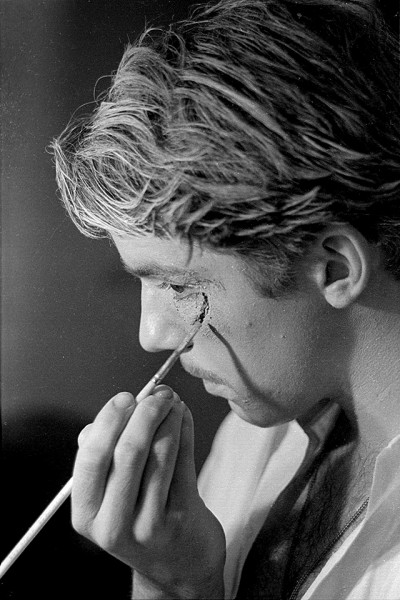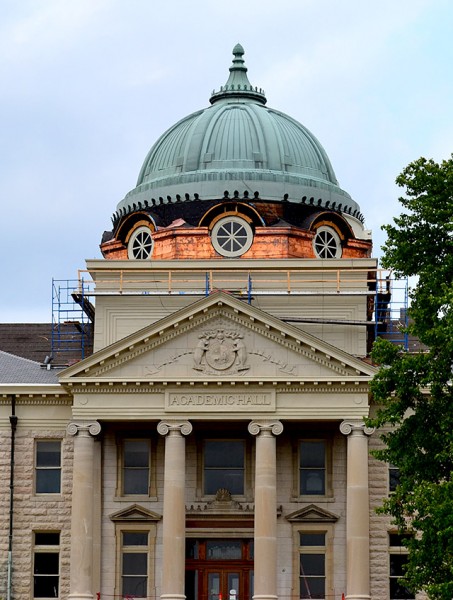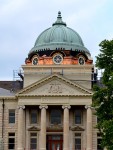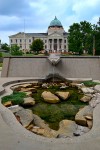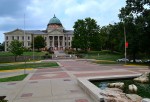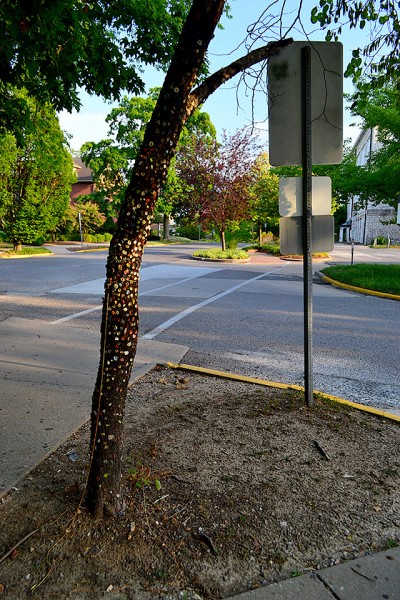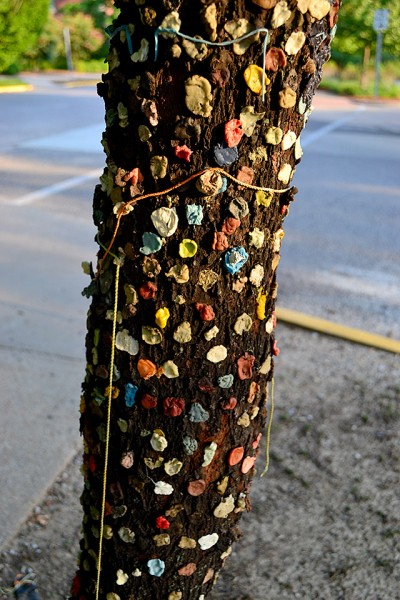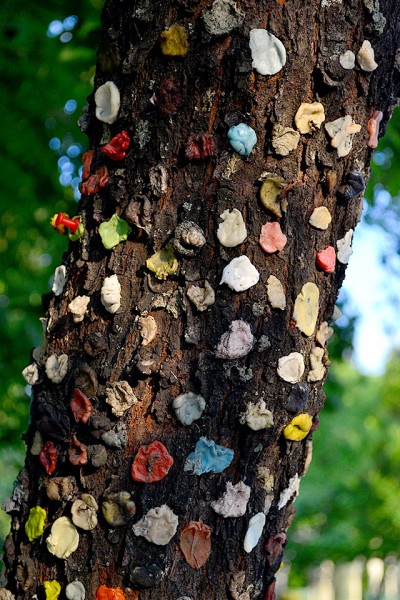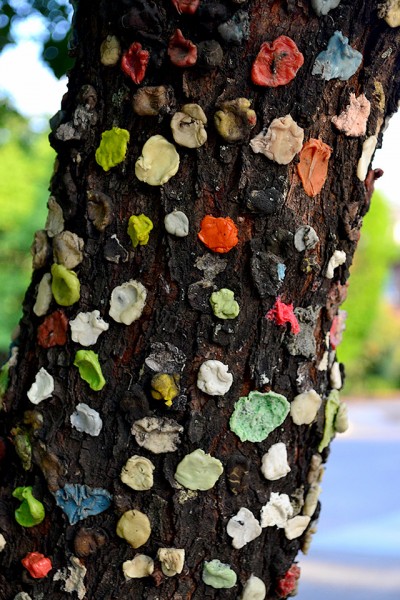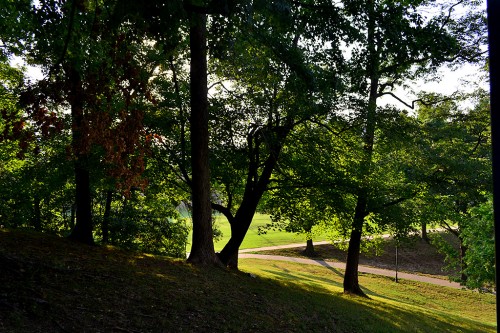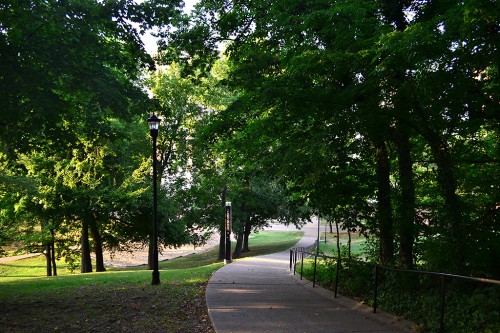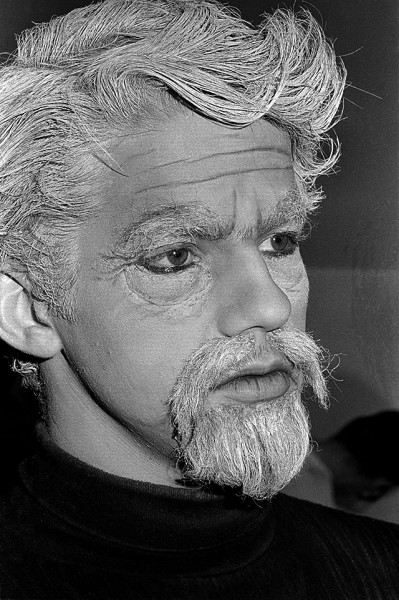 I missed Charles Dockins‘ birthday by a day if Facebook is to be believed. I’ve been sitting on these photos of Chuck (I don’t think any of us called him “Charles’) preparing for the role of Mr. Zuss in the SEMO play J.B.
I missed Charles Dockins‘ birthday by a day if Facebook is to be believed. I’ve been sitting on these photos of Chuck (I don’t think any of us called him “Charles’) preparing for the role of Mr. Zuss in the SEMO play J.B.
I was hoping to find other pictures of opening night, but they’re hiding. (Click on the photos to make them larger.)
First production in new theater
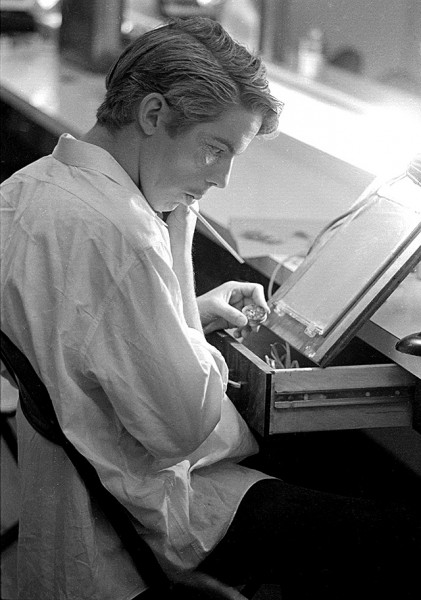 Matt Sanders wrote an interesting look at the background of the Rose Theater in the April 19,2007, Missourian:
Matt Sanders wrote an interesting look at the background of the Rose Theater in the April 19,2007, Missourian:
Construction on the theater began in 1964 as part of the Language Arts Building, which would later be named for Dr. H.O. Grauel, a longtime English professor and administrator at what was then known as State College. Two years later the Rose, originally called “The Theatre,” hosted its first production in fall 1966, “J.B.,” a drama based on the book of Job.
The last production was 42nd Street, performed in 2007. Shows since then have been performed at the River Campus.
Dockins, a Boy Scout hero
February 20, 1960, a 12-year-old Chuck Dockins rescued two girls from a burning car. Follow the link for the whole story and to see photos of him in Red Dagger plays at Central High School.
I’m going to slack off
I’m feeling pressure to get some projects done before I head back to Cape in October. I hate to break from my seven-day-a-week posting schedule, but I haven’t figured out a way to fit more than 27 hours in a day. I’m not sure what my temporary schedule will be, but sign up for the email notifications and keep an eye on Facebook to see when I have new content.

